Bulgaria's Sandanski is more than a spa town
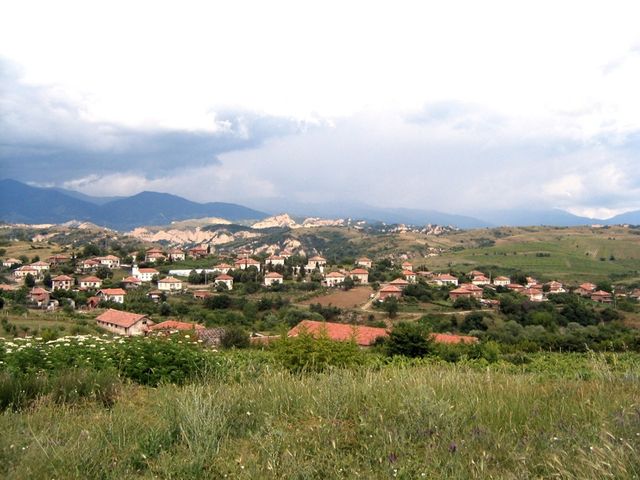 You can hear spring before you can see it. The love songs of birds lend life to the plane tree forest before the first buds have appeared. The trees’ knotted branches and spotted trunks look ancient and wise. Nakedness befits them. As does their imposing size. These sycamores are older than 300 years, spreading on 11 hectares near the village of Gorna Breznitsa, a short detour from the main road from Sofia to our destination – Sandanski.
You can hear spring before you can see it. The love songs of birds lend life to the plane tree forest before the first buds have appeared. The trees’ knotted branches and spotted trunks look ancient and wise. Nakedness befits them. As does their imposing size. These sycamores are older than 300 years, spreading on 11 hectares near the village of Gorna Breznitsa, a short detour from the main road from Sofia to our destination – Sandanski.
My initial, though short-lived, response to Sandanski is one of disappointment. My expectations trick me. Somehow I’ve layered my childhood impressions of the unique architecture of nearby Melnik upon memories of quaint spa towns and postcard images of Mediterranean towns in neighbouring Greece. The result was a fiction of a tranquil, optimistic, picturesque little town nestled at the foot of Pirin mountain, a restful respite that befits a spa capital.
In reality, Sandanski is rather large. Development of the town clearly picked up during the second half of the 20th century. Large apartment buildings – greyish concrete oversized matchboxes that are a product of communist utilitarian architecture – scar the city’s outer edges. More recently, a new surge of development is transforming the town’s landscape, with hotels and holiday villages springing up seemingly overnight. Last year, the local registry reported a record-breaking number of 4120 sale transactions accounting for 126.7 million leva. This amount is based on the official tax evaluation, though estate agents claim the market value is about triple that amount. Foreigners show the greatest interest, especially Russians, Greeks, Irish and Macedonians. So there must be something drawing people here, other than the whispers of red-light tourism that tainted the city’s reputation in recent years. The secret, we learn, is in the region’s natural uniqueness.
Located at 220 to 240m above sea level, Sandanski is the warmest Bulgarian town year-round. There are more than 2450 hours of sunlight annually. The air is exceptionally clean with a low relative humidity of 66 per cent, and an average temperature of about 15°C. There are more than 80 mineral water springs, with temperatures that range from 42 to 81°C. This confluence of conditions explains why the first settlement around the springs took place 2000 years BCE.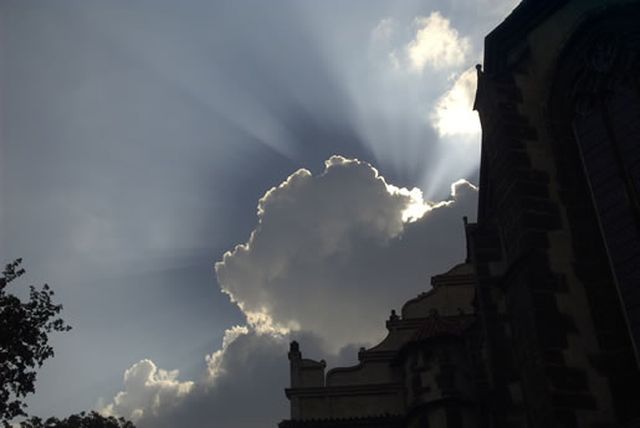
No matter how Sandanski has changed throughout the centuries, the heart of the place, the mineral water that is in the centre of Sandanski’s seal, always defined its character. Long before of spa tourism became a concept du jour in Bulgaria, Sandanski was a well-developed balneology centre. The amazingly landscaped city park – more Brussels than Thessaloniki – still captures that mood of restful healing. It just forces you to slow your walking pace, a change of tempo that you’ll find appropriate for the main street, Makedonia Boulevard, as well. The pedestrian artery of Sandanski is cafe-lined and full of people for whom walking seems an end in itself, occasionally interrupted by a cup of coffee outdoors.
Symbolic of Sandanski’s latest reincarnation as a spa town, the hotel we stayed in, Medite Spa, is fully booked for the weekend and offers a four-page long list of procedures and packages. Perched on a slope above Sandanski, the hotel has a view of the entire town. And though it may not be particularly beautiful up-close, seen from the pool and awash in the warm light of the setting sun, Sandanski is definitely winning.
***
If the region’s soothing climate and healing springs are what brings so many tourists here, we decide to follow the water. This is how we end-up in Rupite, a small mountainous protected area, a 20-minute drive south-west from Sandanski. Located on the right bank of the Struma River, its landscape is dominated by the volcanic eminence of Kozhuh. Although it is only 280m high, it rises like a mountain in the low and flat Petrich plane. At the foot of Kozhuh is a curative hot spring with a temperature of 71 to 78°C. Rich in minerals, the water paints watercolours on the earth’s canvas, flowing abstractions in shades of moss green and rusty orange. A few women are doing their laundry at the source in the field. Some men are rinsing off large oak barrels, to the dislike of the man tending the bath.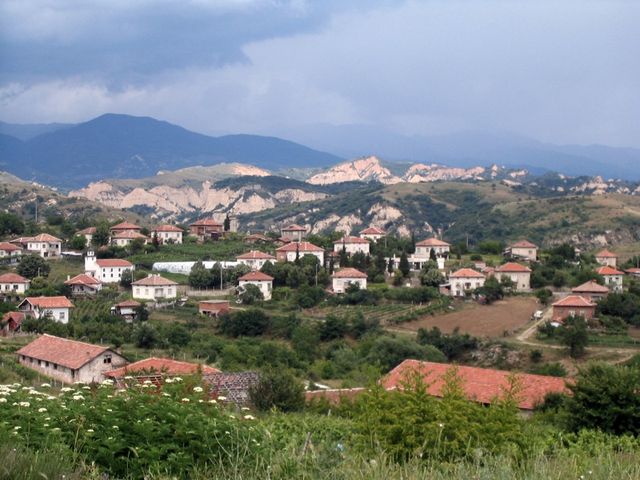 The bath here is far-removed from its sleek contemporary analogue at Medite. A strange giddiness overtakes me at the sight of the white stucco fence surrounding the blindingly green meadow, in the middle of which there are two concrete pools – one only with mineral water, the other with the healing algae that naturally grows in it. There is something magic about the place, and I’m grateful for its simplicity, for the way it fits unobtrusively into its surroundings. Relaxed in the warm, weightless embrace of water, I let my eyes wander along the sharp edge of the rock across. The sky above – piercingly blue.
The bath here is far-removed from its sleek contemporary analogue at Medite. A strange giddiness overtakes me at the sight of the white stucco fence surrounding the blindingly green meadow, in the middle of which there are two concrete pools – one only with mineral water, the other with the healing algae that naturally grows in it. There is something magic about the place, and I’m grateful for its simplicity, for the way it fits unobtrusively into its surroundings. Relaxed in the warm, weightless embrace of water, I let my eyes wander along the sharp edge of the rock across. The sky above – piercingly blue.
I emerge from the water aglow, somehow lighter. As we leave the bath, we pass a pony grazing in be the road and scatter a bunch of hens and geese. The view is strangely idyllic. One can’t help but feel sad that flimsy plastic bags in pastel colours seem to be taking over the world. Against the backdrop of natural beauty, the bags tangled in the bushes are an eyesore.
Within walking distance from the bath is the Church of St Petka, built at a site chosen by Vanga in 1992. There’s hardly a Bulgarian who hasn’t heard of Vanga, who lived and died in Rupite. Believers claimed that she had unique ability to foresee, though not change, the future, clairvoyance, prescribe individual healing with herbs, talk with flowers, and mentally visit different places on earth. Her biography reads like a fairytale: born prematurely in 1911, she stayed tucked in an ox stomach for two months. Her fingers were initially knit together and her fontanelle stayed soft till the end of her life in 1996. She survived a terrible storm, which left her blind. She recovered from pleurisy in a day. In a political regime that defied the supernatural or spiritual, she was courted and her funeral was honoured by large crowds, including many political leaders. Her church became a place of worship for many people and a renowned tourist attraction.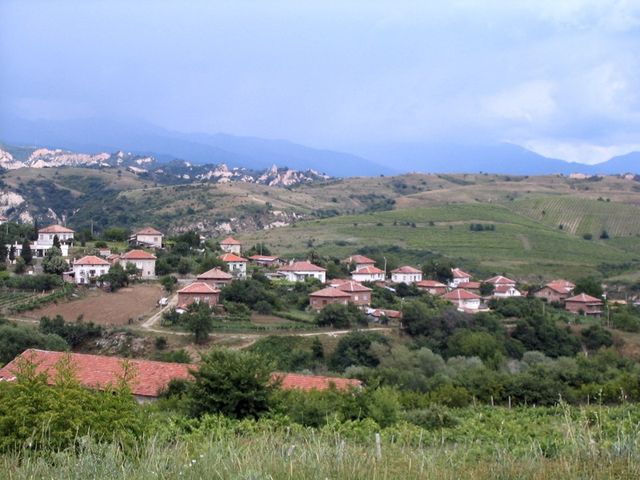
To someone used to the ornate looks of orthodox temples, St Petka may look a bit ascetic. The icons were created by the noted Bulgarian artist Svetlin Rusev and were not generally approved by the Holy Synod of the Bulgarian Orthodox Church for being too realistic and not conforming to the canons. With or without the official nod of approval, the place emanates tranquillity and holiness. It is surrounded by a spacious landscaped garden where visitors can find quiet and privacy.
On the way back to Sandanski, we drive to Melnik, for old time’s sake. The town does not disappoint – it is just as remembered. Melnik merits a travelogue of its own, but I will say as much: in a time when many quaint towns exhibit the growing pains of developing tourism, Melnik has resisted. Though most houses have been renovated and offer some sort of lodging, dining or both, the owners have stayed true to the original architecture, and have not skimped, neither in style, nor in materials. Plus, genuine treats like home-made jams and hand-picked herbs are reclaiming their place on street merchant’s stalls, pushing country fair tackiness to the margins, where it belongs.
***
The Medite Spa pool and the Rupite bath may seem like two opposite extremes, but they are just two points on a spectrum, and Dolna Gradeshnitsa extends the possibilities. On the lowers steps in most people’s notion of the hierarchy of baths, to those willing to look for it, Gradeshnitsa offers a charm of its own. You might have to ask a few locals before you find your way to it. Once there, you’ll see a tiny house with a small yard and a large table under a vine. You’re welcome to have a picnic there. Though there is a male and female bath, if there are no other visitors, the keeper of the bath does not mind couples or mixed-gender groups of friends using a single pool. The facilities, if you can call them that, are primitive – a metal pipe of a shower, a plastic patchwork of a roof, glassless windows. But this is exactly where the bath’s beauty resides – in the blossoming tree you see through the hole on the roof, in the branches reaching inside through the window, in the rich colours. And, the power of water is not swayed by details of convenience.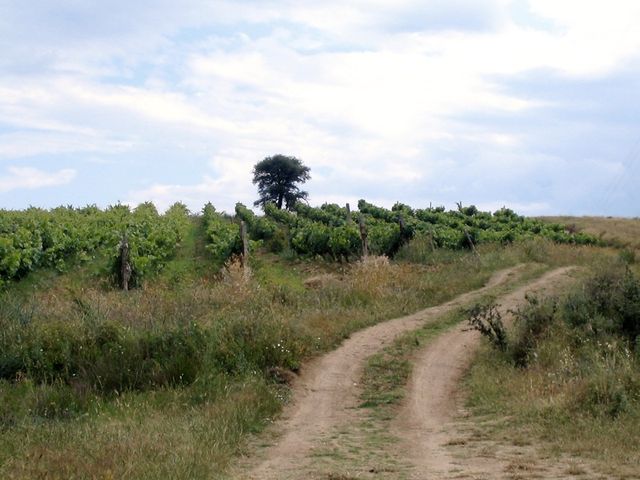
View Properties for Sale in/near Sandanski.
read more articles
